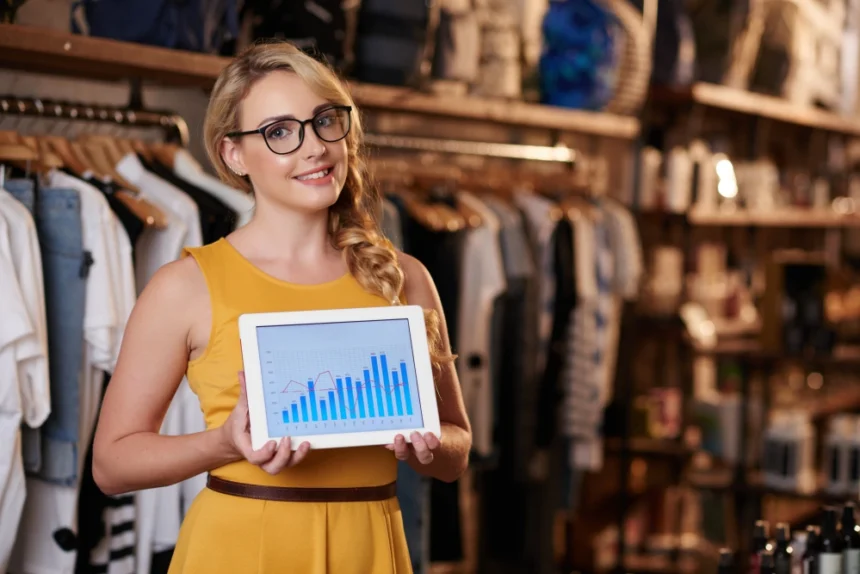Businesses rely on customers, so when the customer base changes what they are looking for, then businesses and companies must cater to this demand. Changes in preferences such as sustainability and ethical focuses are forcing businesses to adapt to a changing consumer world. As such, they now have to embrace these changes to build brand trust, retain customers while also focusing on affordability and good value for money. But what has influenced the change in consumer trends?
Well, over the years, inflation has increased making products far more expensive. This has caused a change in spending habits with consumers focusing on being affordable, and cutting out potentially luxury items from their regular shopping lists. On top of that, there’s an increased demand for sustainable and environmentally friendly items as consumer mindsets shift toward more ethical shopping choices. Technology too is shaping the market, with more data-driven decision-making in play and digital-first experiences. For businesses that fail to adapt to these changes, there’s no going back, and a loss of customers is inevitable. This is why understanding what it is that consumers are looking for is essential.
What Do Customers Want — Key Consumer Trends in 2025
As mentioned, there is an increased demand for value and affordability for anyone shopping, both online and in person. With economic uncertainty a common threat, and rising costs amid tariff confusion and inflation, it’s safe to say that consumers are budgeting far more carefully.
Because of this, a culture of off-price shopping or thrift shopping has grown in popularity. The latter in particular holds high appeal as it combines being budget-conscious, with being environmentally friendly through the reuse and recycle aspect, while also fulfilling a third criteria — that of being unique and different. Leading on from this is the desire to have personalized or customized items. Additionally, convenience is key, which is why options such as buy-online, pick-up-in-store is gaining popularity.
Similarly, AI-driven shopping journeys are increasingly popular due to the convenience and accessibility they offer while still providing more personalized experiences. Across many brands, pop culture is seeping in too, with collaborations and viral marketing taking the world by storm. This has helped to boost sales as well as improve customer loyalty to specific brands. In particular, the fashion sector has been hit by this, with an increase in requirements for ethical sourcing, inclusivity, and sustainability. Furthermore, there’s also the need for product efficacy, authenticity, and AI-driven personalization which help to drive and in some cases improve consumer trust.
One area where fashion brands and other businesses can really help their consumers is when it comes to the perceived value of their products. This is heavily influential when it comes to shaping purchase decisions. Consumers are seeking quality, but they are also looking for ways to balance budget and product performance.
Macy’s for instance, is a retailer that is currently adapting to the different consumer needs. It offers a combination of trendy, yet sustainable and accessible fashion items. On top of this, it meets the consumer demand for affordable items, as there are full lists of Macy’s promo codes and coupons available online, ready to help make sustainable or high-quality products much more affordable. Subsequently, high-quality, ethically sourced items are becoming more accessible rather than only available to those with large budgets. This then, means that the consumer shift to value-conscious shopping is helping to shape businesses and the way they operate in a far more ethical manner.
Final Thoughts
Businesses across all industries, but particularly within fashion, are having to reshape their strategies when it comes to meeting consumer demands. If companies want to stay relevant and maintain their consumer base, then this shift is a must. The use of AI-driven data does make this somewhat easier, as businesses can track shopper trends, preferences and so on, offering more personalization within the shopping experience. Sustainability is now considered one of the most important factors for many shoppers, and this needs to be combined with affordability, something that is majorly impacting long-term business success. With this in mind, consumers should continue to look at other customer trends that are impacting the way businesses operate, and see what exactly the future of retail and businesses will bring.










